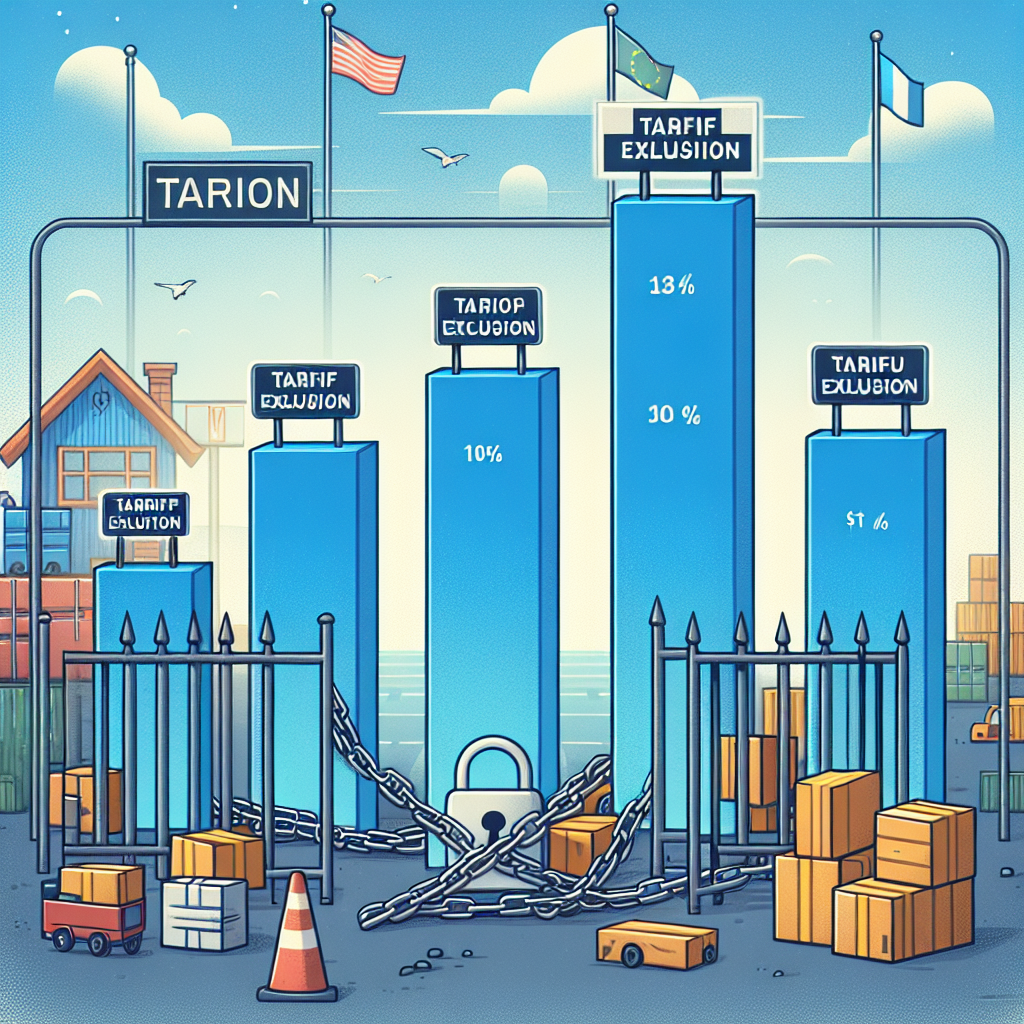Transatlantic Trade: A Comparative Analysis of EU and UK Tariff Deals with the U.S.
The European Union and the United States have struck a deal imposing a 15% tariff on most EU exports, whereas Britain secured a 10% baseline tariff. Both agreements offer complex implications across industries such as pharmaceuticals, steel, and autos, with individual sectors facing varying challenges and opportunities.

A significant tariff agreement was announced on Sunday between the European Union and the United States. Most EU exports will face a 15% tariff, contrasting Britain's 10% baseline secured a few months prior. However, EU leaders claim it ensures more certainty amid looming U.S. tariff threats.
The agreements reveal a complex landscape. The EU deal includes a 15% tariff on pharmaceuticals and a 50% levy on steel and aluminum, while the UK faces distinct terms, including negotiations for preferential pharmaceutical outcomes. Notably, British steel faces a lower 25% tariff, pending quota discussions.
Industries encounter varying impacts: EU car exports face a 15% tariff, with no quota limit disclosed, while Britain's 10% tariff includes a 100,000-vehicle quota with a 25% tariff surpassing it. Both regions evade aerospace tariffs, contingent on a Section 232 U.S. probe outcome.
(With inputs from agencies.)










